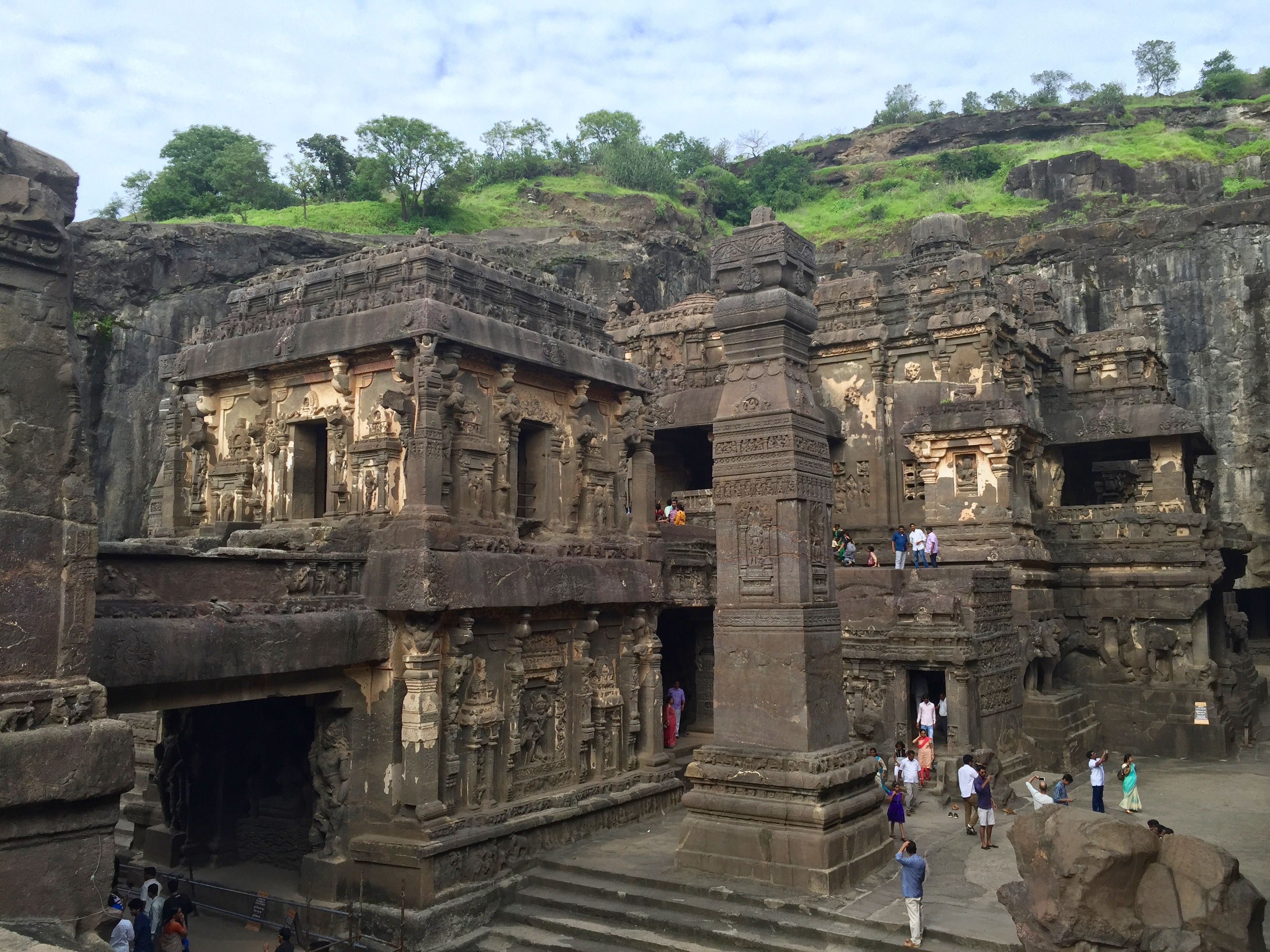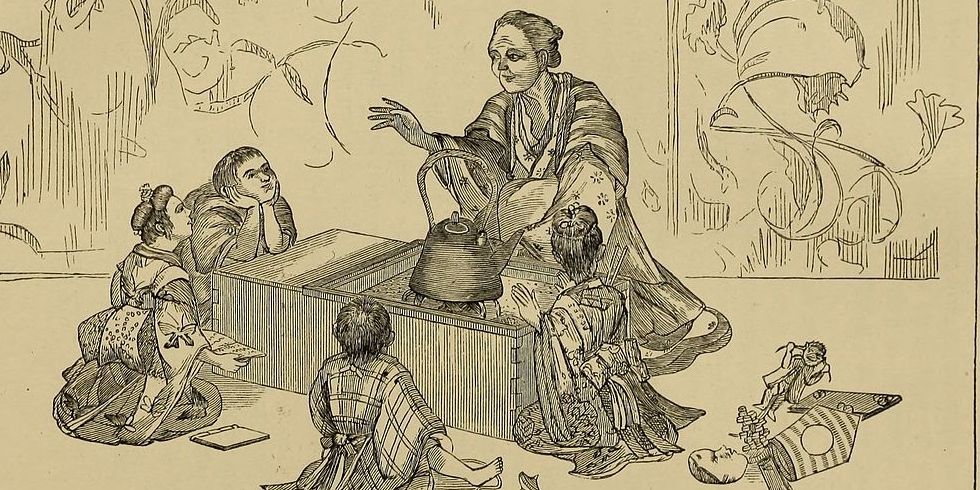All Under One Roof: PM Modi Opens Kartavya Bhavan-03 for Government Departments
On August 6, 2025, Prime Minister Narendra Modi inaugurated Kartavya Bhavan-03, marking the beginning of a new era in India’s bureaucratic functioning. The first of ten planned Common Central Secretariat buildings, Kartavya Bhavan is a part of a long-term vision to modernize the country's central governance architecture. Accompanied by Union Housing and Urban Affairs (HUA) Minister Manohar Lal Khattar and HUA Secretary Katikithala Srinivas, PM Modi was given a detailed walkthrough of the state-of-the-art complex. As he stepped into the structure, it wasn’t just a new building being opened; it was a vision for a more unified, efficient, and sustainable India taking shape.Why Is It Called Kartavya Bhavan-03?Kartavya Bhavan-03, though the first building to be inaugurated under the Central Vista redevelopment project, is named based on its position in the master plan, not the order of completion. The Central Vista project envisions the construction of ten Common Central Secretariat buildings to bring together scattered government ministries into a centralized, modern, and efficient workspace. Each building is assigned a number, Kartavya Bhavan-01 through 10, for better planning, coordination, and identification. Kartavya Bhavan-03 happens to be the third in this planned sequence but is the first to be completed and operational, inaugurated by Prime Minister Narendra Modi on August 6, 2025. The number "03" does not indicate construction order but reflects a systematic layout approach, ensuring smooth development and tracking of the entire government infrastructure overhaul.Kartavya Bhavan-03: What It OffersKartavya Bhavan-03 is designed with a plinth area of 1.5 lakh square meters and a 40,000 square meter basement. This modern workspace will now house major ministries, including the Ministry of Home Affairs, the Ministry of External Affairs, the Ministry of Rural Development, the Ministry of Micro, Small and Medium Enterprises (MSME), the Department of Personnel and Training (DoPT), the Ministry of Petroleum & Natural Gas, and the Office of the Principal Scientific Adviser. These ministries were earlier scattered across various aging structures like Shastri Bhawan, Krishi Bhawan, Udyog Bhawan, and Nirman Bhawan, many of which date back to the 1950s to 1970s and have long been criticized for being structurally outdated and energy inefficient. Kartavya Bhavan aims to consolidate these ministries under one roof for better collaboration, communication, and accountability.Smart, Human-Centric DesignKartavya Bhavan is not just an administrative building; it is a people-friendly workspace thoughtfully designed to combine functionality with comfort. The complex features 24 large conference rooms, each accommodating up to 45 people, along with 26 smaller conference rooms for 25 participants each, ensuring ample space for collaborative decision-making. With 67 dedicated meeting rooms and 27 high-capacity lifts, the building supports seamless interdepartmental communication and smooth movement. A parking facility for 600 cars adds to the convenience. Prioritizing employee well-being, the building includes a crèche for working parents, a yoga room, a medical room, and even a modern café, kitchen, and multipurpose hall to foster social and cultural engagement. By focusing on the human experience, Kartavya Bhavan sets a new benchmark for government offices, creating a modern work environment that promotes health, efficiency, and work-life balance.Symbol of a Unified GovernmentThe central vision behind Kartavya Bhavan is not just architectural; it is ideological. The Common Central Secretariat is meant to bring all arms of governance closer together, literally and functionally. Having ministries that often need to coordinate policy and implementation under one roof will reduce paperwork, streamline decision-making, and minimize bureaucratic delays. This is especially crucial in an era where challenges like climate change, rural development, global diplomacy, and technological innovation require rapid, interdepartmental cooperation. From foreign policy to petroleum supply chains, the proximity of departments within the same building promises faster responses and smarter governance.Connecting with People on GroundThe name “Kartavya Bhavan” itself, derived from the Hindi word “Kartavya,” meaning “duty,” reminds every public servant of their responsibility to the citizens. It is a living symbol of service. In a country where millions depend on efficient administration for access to welfare, healthcare, security, and opportunity, such a centralized and modern infrastructure is not just about comfort; it’s about delivering on promises faster and better. For a rural farmer seeking MSP support or a young entrepreneur applying for an MSME grant, the effectiveness of ministries housed in this building could directly impact their futures. PM Modi, while touring the facility, emphasized that Kartavya Bhavan is a reflection of New India’s aspirations—an India that is efficient, modern, inclusive, and rooted in service. The building is not just bricks and steel; it is a metaphor for a country that is reorganizing itself to meet the needs of its people more dynamically.Kartavya Bhavan-03 is a blueprint for the future of Indian governance. As the first among ten buildings planned under the Common Central Secretariat project, it sets a precedent for how public offices should look, function, and feel in the 21st century. For the citizens of India, this initiative is a step closer to smarter, faster, and more people-friendly governance—a dream slowly turning into reality.

.jpeg)
 (1).jpeg)
.jpg)
.png)



.jpg)
(1).jpeg)
.jpg)
.jpeg)
.jpg)
.jpeg)
.jpeg)
.jpeg)

.jpeg)
 (1).jpeg)
.jpg)











.jpeg)
.jpg)
.jpg)

















